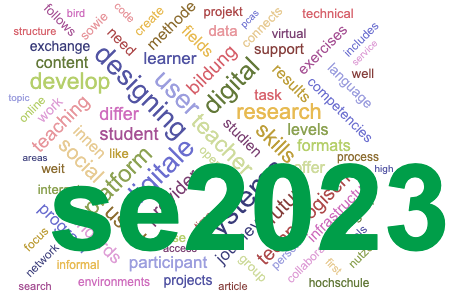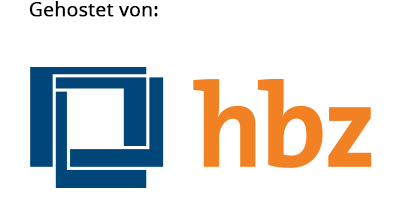The Project TOERN - Unlocking the Potential of Open Educational Resources on the German “(digital) networked infrastructure for education”
Schlagworte:
Digitale Vernetzungsinfrastruktur für die Bildung, Further Education, Hochschulbildung, Internationalisierung von OER, OER Repositorium twillo, OER Searchindex OERSI, OER Suchindex OERSI, Open Educational Resources, Semantification of OER, Semantifizierung von OER, TOERN Projekt, Weiterbildung, digital skills, digitale Kompetenzen, e-learning, internationalization of OER, (digital) networked infrastructure for educationAbstract
Die Digitale Vernetzungsinfrastruktur für die Bildung soll ihren Nutzer*innen einen personalisierten und selbstorganisierten Zugang zu lebenslanger Bildung zu ermöglichen, indem sie digitale Bildungsangebote bündelt und mit zusätzlichen Funktionalitäten und Services zu einer bundesweiten Lehr-Lern-Infrastruktur ausbaut. Damit birgt die Infrastruktur ein großes Potenzial für die Etablierung und Verbreitung von Open Educational Resources (OER) in allen Bildungsbereichen in Deutschland. Das Hauptziel des Projekts TOERN ist die Anbindung des OER-Repositoriums für die Hochschullehre www.twillo.de und des zentralen OER-Suchindex OERSI an die Digitale Vernetzungsinfrastruktur für die Bildung. Dazu werden die OER-Infrastrukturen nutzer*innenzentriert weiterentwickelt und international anschlussfähig gemacht. Darüber hinaus fokussiert das Projekt die Entwicklung eines digitalen modularen Weiterbildungsprogramms zu technischen Aspekten der OER-Erstellung, das über ein Badge-System an die Digitale Vernetzungsinfrastruktur für die Bildung angebunden werden soll. Dieser Artikel fasst die Hauptziele des Projekts, die Zwischenergebnisse und die derzeit laufenden Arbeiten zusammen.Downloads
Veröffentlicht
2023-09-11
Ausgabe
Rubrik
Beiträge



